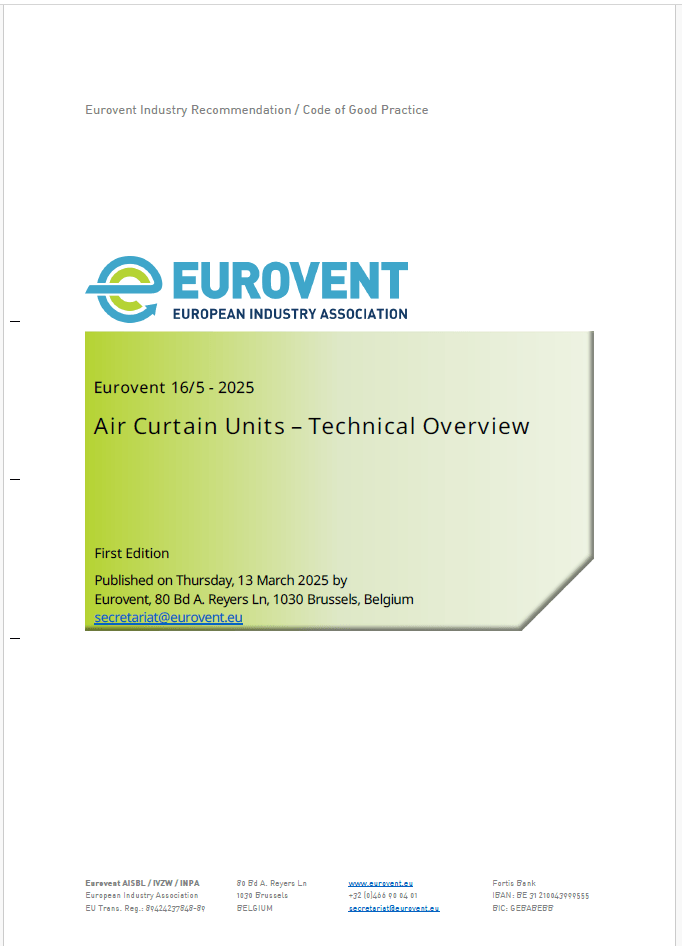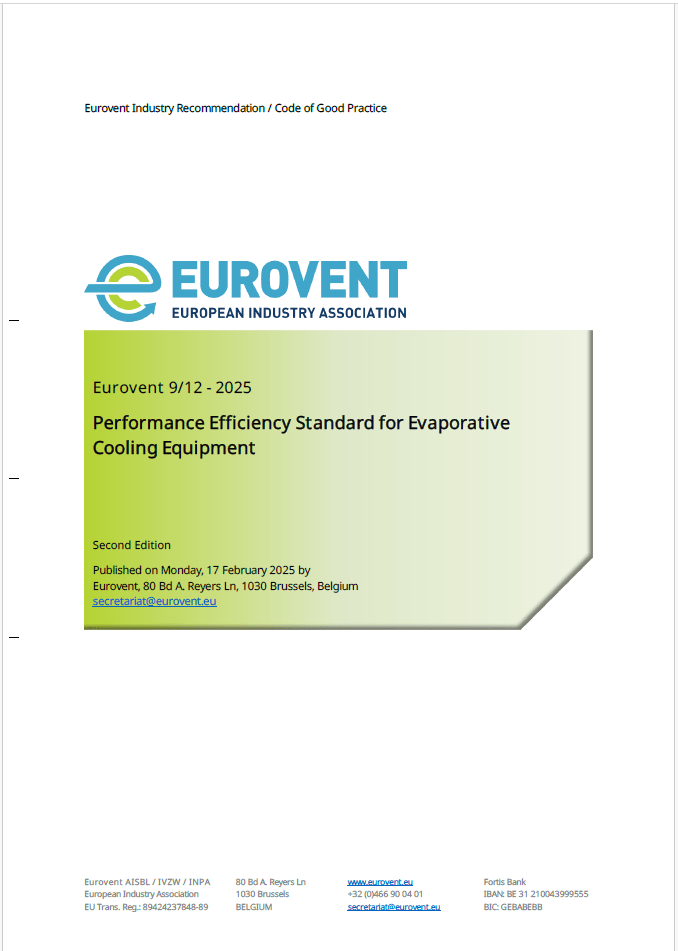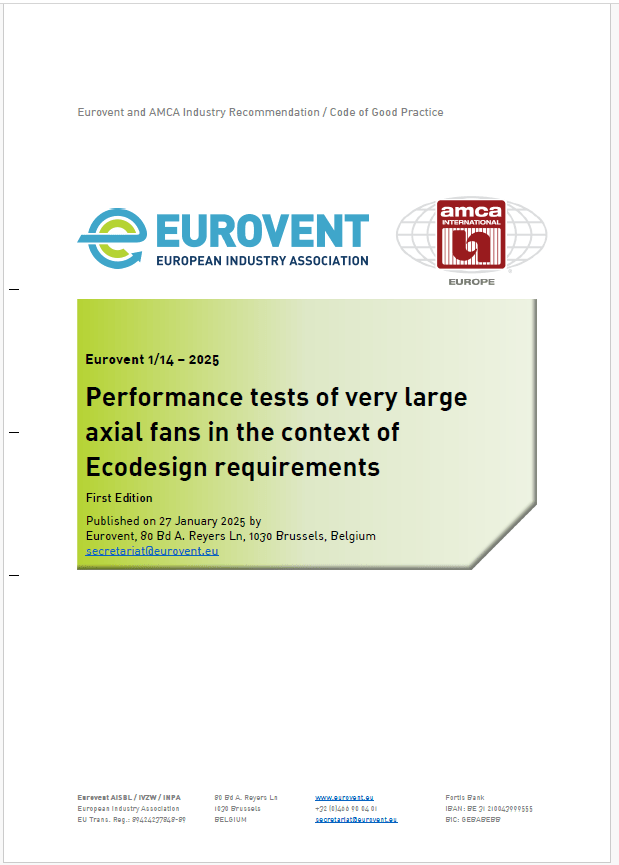Even though COVID-19 has highlighted the importance of clean, healthy indoor air, outdated ideas and cost-centric thinking continue to put filtration practices, and as a result, Indoor Air Quality (IAQ), on the back burner. Experts reflect on the issue and discuss what changes need to happen…
*The discussions are from a panel discussion at Eurovent Middle East’s 5-year-anniversary Congress held from 13-14 September 2022. Eurovent Middle East would like to thank the participants for their valuable contribution.
When it comes to the discussions related to the built environment in the Middle East region, indoor air quality tends to take a backseat, especially compared to comfort and cooling. Within this narrative, filtration typically places even lower on the agenda.
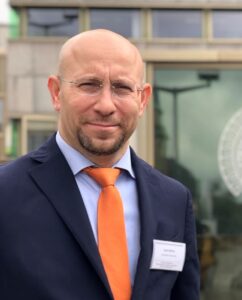
Speaking on this phenomenon is Dr. Iyad Al-Attar – Independent Air Filtration Consultant, who stresses that air filtration continues to be highly underrated. “Every time a proposal for enhancing air quality or air filtration comes to the table, most of us, including governments, the private sector and facility management, leave the conversation rather than lead the conversation.”
Dr. Al Attar says the consequences were made obvious during the COVID-19 lockdowns when it became abundantly clear that so many buildings did not have proper indoor air quality and could not operate in a way that ensured the health and wellbeing of occupants. “Why were they unfit to occupy?” he asks. “Why have we not done our filtration homework? Why is it that we cannot get enough budget for an appropriate filtration selection from the start?”
As a consultant, Dr. Al Attar believes in holding people accountable, saying measurement is critical; otherwise, the industry will never be able to have the right discussions. Discussions, he explains, are critical to changing and challenging the status quo as people still do not make it a priority citing lack of budget as a reason.
Making the invisible visible

Dani Elamana, Member of the Board, Eurovent Middle East, confirms this approach, sharing his experience in the market. “It is the same old story,” he says. “The general awareness of maintaining filters is, unfortunately, not there, and there are a lot of unconventional practices being carried out in this part of the world, such as washing and drying the filters. It is all a concern for indoor air quality. We can put the right specification in a project. People listen to us when we go to them. But then, when we come back, to maintain that and to implement is what I see as a challenge.”
El Amana, echoing Dr. Al Attar, says it is time for the industry to come together, given that this is a public health concern. “Air pollution kills around 7 million people yearly”, El Amana stresses. “In two years’, time, over 6 million people have died from COVID. And still, we are a bit reluctant to accept the need of good indoor air. Implementation is not there, and, unfortunately, I would say people are afraid to try something new.”
Yaqoub Al-Matouq, National Ozone Officer Environment Protection Authority – Kuwait, believes the industry cannot wait for the end user to force the change in this issue, “Do you think that any of the end users, if you put the best filter in his unit when you are selling to him, they would reject it?” he challenges. “If you put it in the unit and increase the price, I am forced to take it. But they do not want to do it.” He adds that another surprising issue in the GCC region is facility managers closing all the ducted system for fresh air because the machine cannot work with high ambient temperatures. Every 2 hours we have to have 20% of fresh air entering this unit and this will kill the compressor of that unit very soon,” he says.
What the market can do to create an ecosystem of transition
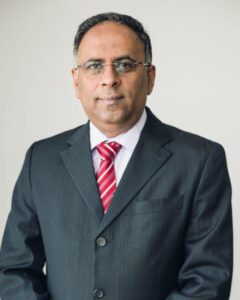
Srinivasan Rangan, Member of the Board, Eurovent Middle East, believes there is a lot the HVAC industry can learn from other industries to improve its own processes “Whether it could be from a mobile phone or the service industry, the key thing is to ask, what are the best practices? Because business may differ, but we can take something related to key processes.”
When it comes to encouraging further adoption, Rangan also highlights the importance of mandates which, he says, helps everyone fall in line. “I think that is a key influencer as you have no choice but to comply to ensure business continuity,” he says. Elamana adds that regulations from authorities would also help ensure people understand what it means to have a proper design mechanism to achieve indoor air quality. “Although COVID created a renewed interest, there was still a need to have a proper mechanism to understand design,” he stresses, saying he had experienced that while people were willing and eager to have the best indoor quality, they did so without employing the right design.”
The need for sufficient tools
Dr. Al-Attar weighs in to say that the transition must be supported with the right tools if the market is truly to make a change. “We have been doing the same thing over and over again, expecting different results,” he says. “When I say providing appropriate tools and conditions to maintenance technicians, I do not mean safety shoes and a $2 screwdriver. These people should be very well paid. They should be part of the success equation. I would like governments globally to facilitate, invest, grow, retrofit, and possibly scrap the existing system, and install a new system.”
Dr. Al Attar also called upon universities to provide research and development to change the narrative. “I know manufacturers here are doing very good research and spending so much money on the development,” he says. “What is the point if the specification of a filter is just based on a dimension and a price? We need to speak the same language and be on the same page. There is a gap, and I really believe in closing the gap we need to come together as we do today to rethink, reimagine equality and attract better systems in our built environment.”
El Amana agrees, saying education and awareness are ways to achieve the goal of enhancing indoor air quality in buildings across the region and issuing a reminder that: “What we are doing right now will have an implication 10-15 years from now.”








